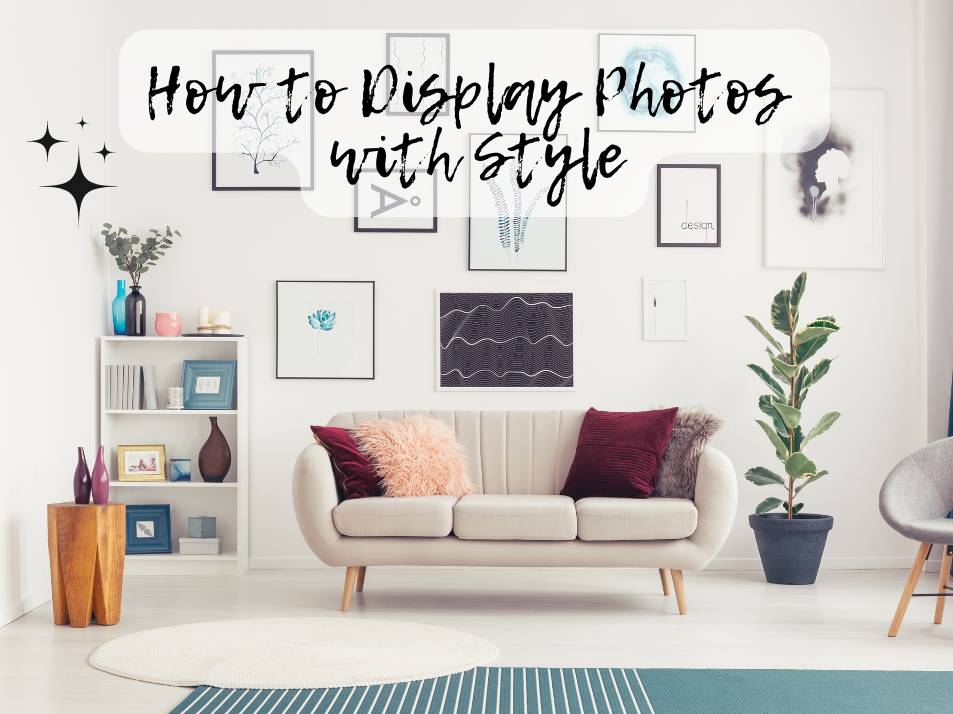
Creating a gallery wall can transform a bland room into a dynamic and personalised space. Whether you are showcasing family portraits, travel snapshots, or abstract art, a gallery wall tells a story – your story. Yet, many find the process daunting, unsure where to start or how to make it cohesive. With a few thoughtful tips, you can curate your gallery wall with style and confidence.
Planning Your Layout
Before hammering any nails into your walls, take time to plan your layout. Consider the space you have available and how your gallery wall will complement the existing decor. Start by measuring the wall’s dimensions and decide how much of it you want to utilise. For a balanced look, leave at least an eight-inch border around your gallery.
Experiment with various arrangements on the floor before committing. Use painter’s tape to mark the dimensions on your floor and begin to lay out your photos. This tactile approach allows you to rearrange until you find a composition that pleases you. For those working with photo tiles, this method works exceptionally well, as they can be easily adjusted on the wall without leaving marks.
Choosing Your Photos and Frames
The heart of your gallery wall is the photos themselves. Choose images that resonate emotionally or visually with you. A gallery wall is deeply personal, and so it should reflect your taste and interests. Mix and match different styles of photography or artwork. Black and white photos can add a touch of classic elegance, while vibrant images can inject energy and playfulness.
Frames are equally important as the photos they hold. Different styles of frames can lend a unique character to your gallery. Consider using a uniform colour or material for all frames for a harmonious appearance. Alternatively, mixing frames of varying sizes and finishes can create an eclectic and artistic vibe.
Balancing and Symmetry
When arranging your gallery wall, consider balance and symmetry. A symmetrical layout offers a neat, orderly look, perfect for a more traditional or formal room. For an asymmetrical design, aim for visual balance by varying sizes, shapes, and spacing strategically. Grouping larger frames in one area and balancing them with smaller pieces elsewhere can create a pleasing dynamic.
Using a central focal piece is an excellent strategy to anchor your design. Position a large or particularly striking image at the centre and build outwards with smaller frames. Remember that balance does not mean uniformity; instead, it’s about achieving a flow that draws the viewer’s eye naturally across the display.
Incorporating Different Mediums
While photos are a staple, introducing other mediums can enrich the visual interest of your gallery wall. Consider including illustrative art, prints, or even three-dimensional objects like small sculptures or masks. These elements can break the monotony and add layers to your storytelling.
Mirrors are another versatile addition. They not only reflect the room’s light, brightening the space, but can also create a sense of depth and openness. When combined with art and photography, they provide a juxtaposition of reflection and imagination.
Hanging Your Gallery Wall
Once your layout is finalised, it’s time to bring it to life on the wall. Ensure your tools are ready – a hammer, nails, or removable wall hooks if you prefer not to damage your walls. Employ a spirit level to keep frames straight and a measuring tape to maintain consistent spacing.
Begin hanging from the centre of your design and work outwards. This approach ensures you can make adjustments as needed, especially with asymmetrical or complex layouts. With photo tiles, the process becomes easier since they can be moved and adjusted without nails, offering flexibility for change or expansion.
Maintaining Your Gallery Wall
After your gallery wall is complete, maintain it by dusting frames and glass surfaces regularly. This keeps your photos looking their best and preserves the clarity of images. Additionally, you can update your gallery wall by swapping out images or adding new ones, keeping it fresh and reflective of your evolving tastes.
Embrace the changeability of your gallery wall. What delights you now may shift over time, so feel free to adapt the display. A gallery wall is not static; it is a fluid representation of your life, passions, and dreams.
Conclusion
Curating your own gallery wall is an art form that allows for personal expression and creativity. By planning with care, selecting meaningful photos, considering balance and symmetry, and incorporating diverse mediums, your gallery wall will not only beautify your space but also connect deeply with your personal narrative. Through these steps, you can display your photos with style, transforming any wall into a cherished gallery of your very own.
